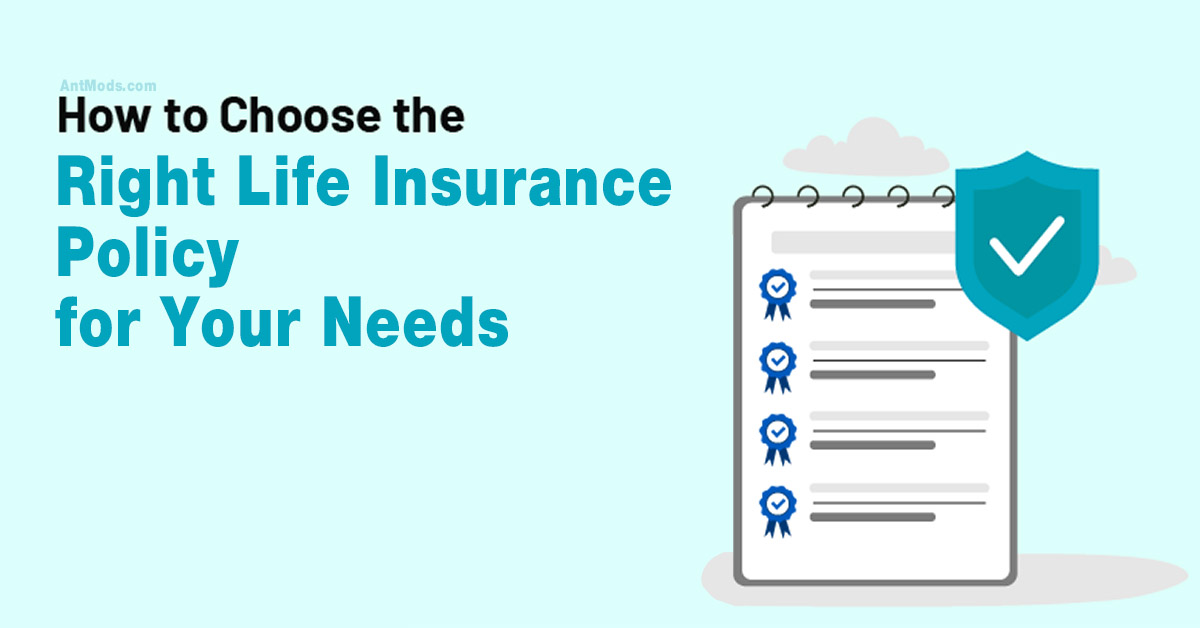Car insurance is a crucial expense for drivers, protecting them financially in case of accidents or theft. However, many people find themselves overpaying for coverage. This comprehensive guide will explore ten effective strategies to reduce your car insurance premiums while maintaining adequate protection.

1. Shop Around and Compare Quotes
One of the most effective ways to lower your car insurance costs is to compare quotes from multiple insurers. Insurance companies use different algorithms and factors to calculate premiums, resulting in significant price variations for the same coverage.
Best practices for comparing quotes:
- Get quotes from at least five different insurers
- Ensure you’re comparing identical coverage levels and deductibles
- Consider both national and regional insurance providers
- Use online comparison tools to streamline the process
- Re-shop your insurance annually, as rates can change
Remember that the cheapest option isn’t always the best. Consider factors such as the company’s financial stability, customer service ratings, and claims process when making your decision.
2. Take Advantage of Discounts
Insurance companies offer a wide range of discounts that can significantly reduce your premiums. Many drivers are unaware of all the discounts available to them, potentially missing out on substantial savings.
Common discounts to look for:
- Multi-policy (bundling) discounts: Combine auto with home, renters, or life insurance
- Safe driver discounts: For maintaining a clean driving record
- Good student discounts: For young drivers with good grades
- Vehicle safety feature discounts: For cars with advanced safety technologies
- Low mileage discounts: For drivers who don’t travel long distances
- Professional or organizational discounts: For members of certain professions or organizations
- Loyalty discounts: For long-term customers
- Payment method discounts: For paying in full or setting up auto-pay
- Paperless discounts: For opting for electronic communications
Ask your insurer for a comprehensive list of all available discounts and review your eligibility regularly, as your circumstances may change over time.
3. Increase Your Deductible
Raising your deductible – the amount you pay out of pocket before your insurance coverage kicks in – can lower your premium significantly. This strategy works particularly well for drivers with a history of few or no claims.
Potential savings:
- Increasing your deductible from $200 to $500 could reduce your collision and comprehensive coverage costs by 15% to 30%
- Raising it from $500 to $1,000 could save you up to 40%
However, it’s crucial to ensure you can afford the higher deductible if you need to file a claim. Consider setting aside the difference in premiums in a savings account to cover the increased deductible if needed.
4. Maintain a Clean Driving Record
Your driving history significantly impacts your insurance rates. Accidents and traffic violations can lead to substantial premium increases that may last for several years.
Tips for maintaining a clean driving record:
- Obey traffic laws and speed limits
- Avoid distracted driving
- Never drive under the influence of alcohol or drugs
- Take defensive driving courses to improve your skills
Many insurers offer accident forgiveness programs, which can prevent your rates from increasing after your first at-fault accident. However, these programs often come with an additional cost, so weigh the benefits carefully.
5. Consider Usage-Based Insurance
For drivers who don’t spend much time on the road, usage-based or pay-per-mile insurance could offer significant savings. These programs use telematics devices or smartphone apps to track your driving habits and mileage.
Factors typically monitored by usage-based programs:
- Miles driven
- Time of day you drive
- Acceleration and braking patterns
- Speed
Some programs offer immediate discounts just for signing up, with the potential for additional savings based on your driving habits. However, be aware that poor driving habits could lead to higher rates with some insurers.
6. Improve Your Credit Score
In many states, insurers use credit-based insurance scores to help determine premiums. Drivers with poor credit often pay significantly higher rates than those with good credit.
Steps to improve your credit score:
- Pay all bills on time
- Keep credit card balances low
- Avoid opening new credit accounts unnecessarily
- Regularly check your credit report for errors and dispute any inaccuracies
Improving your credit score can lead to lower insurance premiums and better financial health overall.
7. Choose Your Vehicle Wisely
The type of car you drive significantly affects your insurance rates. Insurers consider factors such as the vehicle’s safety ratings, likelihood of theft, and repair costs when calculating premiums.
Vehicles that typically cost less to insure:
- Family sedans and minivans
- Cars with high safety ratings
- Vehicles with lower horsepower
- Models that are less frequently stolen
Before purchasing a new vehicle, research insurance costs for different models. The difference in premiums could be substantial, especially for luxury or high-performance vehicles.
8. Opt for Less Coverage on Older Vehicles
If you have an older car with a low market value, consider dropping collision and comprehensive coverage. These coverages pay for damage to your own vehicle, and their cost may outweigh the potential payout if your car is totaled.
When to consider dropping comprehensive and collision coverage:
- When the annual premium exceeds 10% of your car’s value
- If you could afford to replace the vehicle out of pocket if necessary
- If the car is worth less than $4,000
Remember to maintain liability coverage, which is required by law in most states and protects you financially if you cause damage to others.
9. Bundle Your Policies
Many insurers offer significant discounts if you bundle multiple policies, such as auto and home insurance. These multi-policy discounts can lead to savings on both policies.
Potential bundling combinations:
- Auto and homeowners insurance
- Auto and renters insurance
- Auto and life insurance
- Auto and umbrella insurance
When considering bundling, compare the total cost of bundled policies with the cost of purchasing them separately from different insurers to ensure you’re getting the best overall deal.
10. Review Your Coverage Regularly
As your life circumstances change, so do your insurance needs. Reviewing your policy annually can help ensure you’re not paying for coverage you no longer need.
Areas to review:
- Liability limits: Ensure they’re adequate for your current financial situation
- Collision and comprehensive coverage: Consider adjusting or dropping as your car ages
- Additional coverages: Assess the need for extras like rental car coverage or roadside assistance
- Listed drivers: Remove any who no longer use your vehicle
Additionally, inform your insurer about life changes that could affect your rates, such as moving to a new area, changing jobs, or retiring, as these factors can sometimes lead to lower premiums. By implementing these strategies, you can potentially save hundreds or even thousands of dollars on your car insurance premiums annually. Remember, the key is to balance cost savings with maintaining adequate coverage to protect yourself financially in case of an accident or loss. Regular review and adjustment of your insurance strategy can help ensure you’re always getting the best value for your money.






